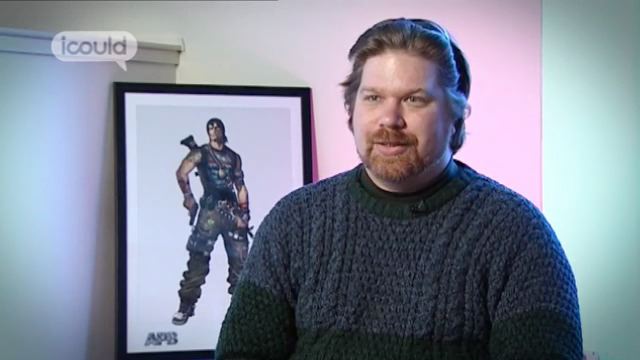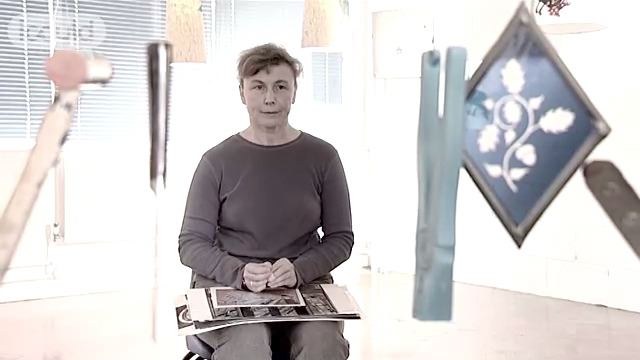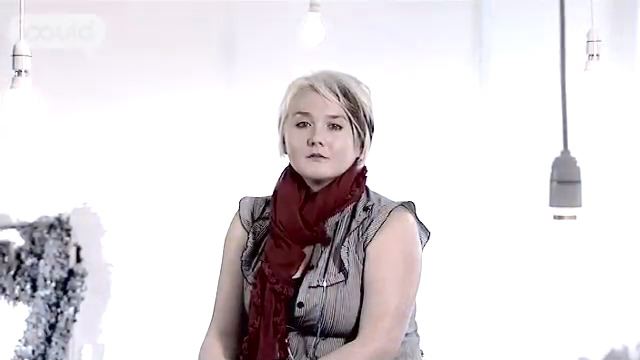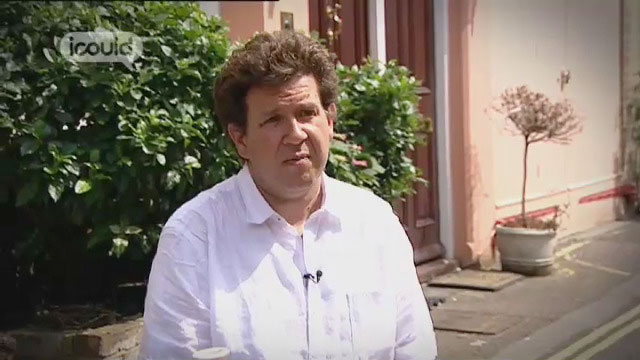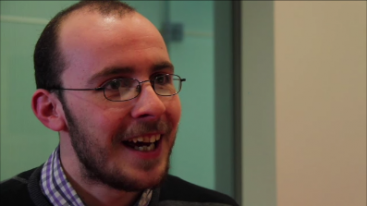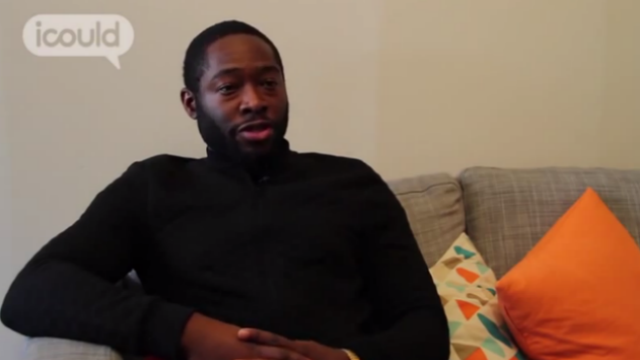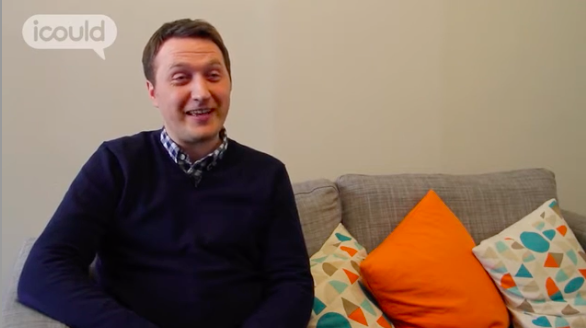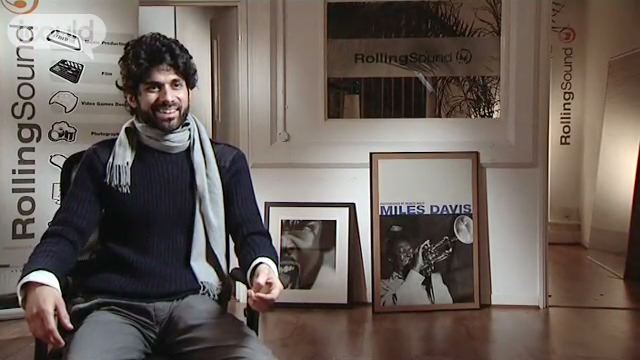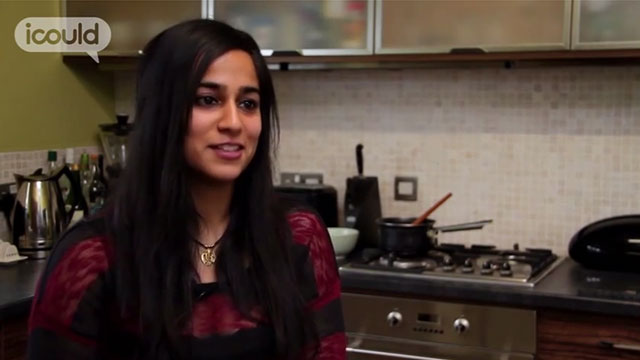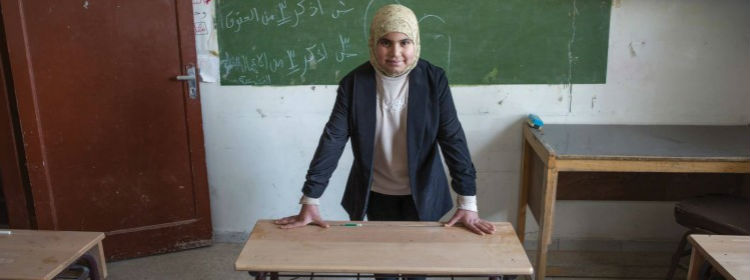Explore: Media
Standby Art Director
ITV
info Issues viewing the video?
|
|
Abaigael S |
|
00:02 |
Abbi S or Abigael and stand-by art director. |
|
00:06 |
I’m on camera, watching the monitor all day. Not all day but basically dressing things to shot. I’m part of the design department, so it’s my job basically just to make sure all the props are sorted. I have a team of four other prop men who will be getting all the props together. It’s up to me to double check everything, go over it, talk to them about the day. We’ve got sheets for the day that give us all the information that we need, so we go through that and make sure everything’s there, then we’ll go on to set and again put in any dressings that are needed. It could be food, if you’re doing a breakfast scene, we need to make six English breakfasts, things like that. The prop boys’ll be doing all that and it’s up to me to dress the set of everything that we need. |
|
00:49 |
It was in my first year of uni, I was studying theatre design at Nottingham Trent University. I approached Hollyoaks cos I’m from Southport but I lived in Liverpool when I wasn’t in Nottingham and I knew that Hollyoaks filmed in Liverpool, so I got a contact for them from my university and just emailed about work experience in the summer holidays, cos obviously although I was working for a theatre course, I thought, oh I’ll try and do a bit of TV as well, so I went and did a week’s work experience there and they took me on after that and I had paid work for the rest of that summer. |
|
01:27 |
I studied art at school, that was my favourite thing, and I really loved maths as well, which is a bit strange now, but yeah, so it was mainly art and I did textiles and when I went to college, I did art and textiles and English literature and theatre studies. Not the drama side of it though, I can’t act. Oh and then I did an art foundation course, cos I knew it was always an art-related subject that I wanted to do but I always wanted to get into costume which I then changed my mind completely when I went to university and started specialising in set design and everything and here I am. |
|
02:02 |
Cos I’m only 24 and I think, to be stand-by art director at this age is a really good thing anyway and the fact that I have come from one programme to another one and still I don’t necessarily think I’d be in a different job title cos I think to then, the next natural step would be from stand-by art director to art director and although I have got some of the skills that you can have, like the technical drawing, and I think a lot of it in the design department in particular is based on experience and I’d say in five years’ time I’d still want to be a stand-by art director, just a better one kind of thing, because to go into the next step you’ve just got to have experienced so much more and I’d want to experience other kind of productions, like dramas and period dramas and thing, just to gain more knowledge on the whole work of TV really. |
|
02:56 |
There’s been times where I wanted, there was like a drama coming up, a BBC drama that I’d wanted to get on and I’d emailed and emailed all the people. I’d emailed the designers and tried ringing them and they’d be like yeah, yeah, we’ll get back to you and then they never do. So then you email some more and then nothing comes out of it and then you know someone else who’s working on it and you see the call sheet and you see that there’s like someone else’s name, you know, next to stand-by art director and that’s always like, it’s a bit disheartening cos then you always just think that you would have loved to have had that position kind of thing, but and that’s where I think you’ve just got to pick yourself up and carry on really cos then there’s always something else and then it’ll just be the next job that you can hassle and hound people for, so and then something’ll come along. |
|
03:41 |
My advice would be, you’ve got to know that you’ve got to start out at the bottom, as awful as that sounds, like I was art department runner, and just do as much as you possibly can. You’ve just got to use your initiative and people notice that and also when I first went for work experience, I took my portfolio along with me, even though I was just in my first year of uni and the designer over there said that was like a really good thing to do because straight away it shows that you want to do the job and just once you’re there you’ve just got to make contacts, talk to everyone, tell everyone what you want to do, ask them questions, find out how they got where they were and then just keep emailing people, get designers’ names, email them, line producers to get designers’ emails and everything. Just, there’s a lot of kind of hassle and it’s just mostly and it’s horrible but it’s kind of not always what you know, it’s who you know, and that’s where the networking side of thing comes into it. Like I’ve learned, you’ve just got to talk to everyone. |
|
01:42 |
End of Abaigael S |
Art was always Abi’s favourite subject at school, so at 18 she decided to do an art foundation course and then a Set Design course at university. From there her first break happened when she managed to get some freelance work on Hollyoaks. She has gradually worked her way up from Set Dresser to Standby Art Director and hopes to develop her experience in this role over the next few years.
More information about Artists
Data powered by LMI For All
£42,640
average salary
The UK average salary is £29,813
40
average weekly hoursThere are 37.5 hours in the average working week
44%
male
56%
female
The UK workforce is 47% female and 53% male
Future employment
Future employment
Description
Artists create artistic works using appropriate techniques, materials and media; design artwork and illustrations; and restore damaged pieces of art.
Qualifications
No specific academic qualifications are required although a variety of vocational qualifications, degrees and postgraduate courses are available. Entry can be based upon portfolio work.
Tasks
- Conceives and develops ideas and ways of working for artistic composition
- Selects appropriate materials, medium and method
- Prepares sketches, scale drawings or colour schemes
- Builds up composition into finished work by carving, sculpting, etching, painting, engraving, drawing, etc.
- Approaches managers of galleries and exhibitions in order to get finished work displayed
- Uses artistic skills to restore damaged artworks
- Liaises with writers and publishers to produce book illustrations
- Markets and sells finished work directly to customers
- Produces works on commission basis for clients
Employment by region
Top 10 industries for this job
Libraries, etc
26950
Arts & entertainment
12264
Publishing activities
3006
Membership organisations
2845
Computer programming, etc
2307
Health
2088
Employment status
Related career stories
⇦
⇨
